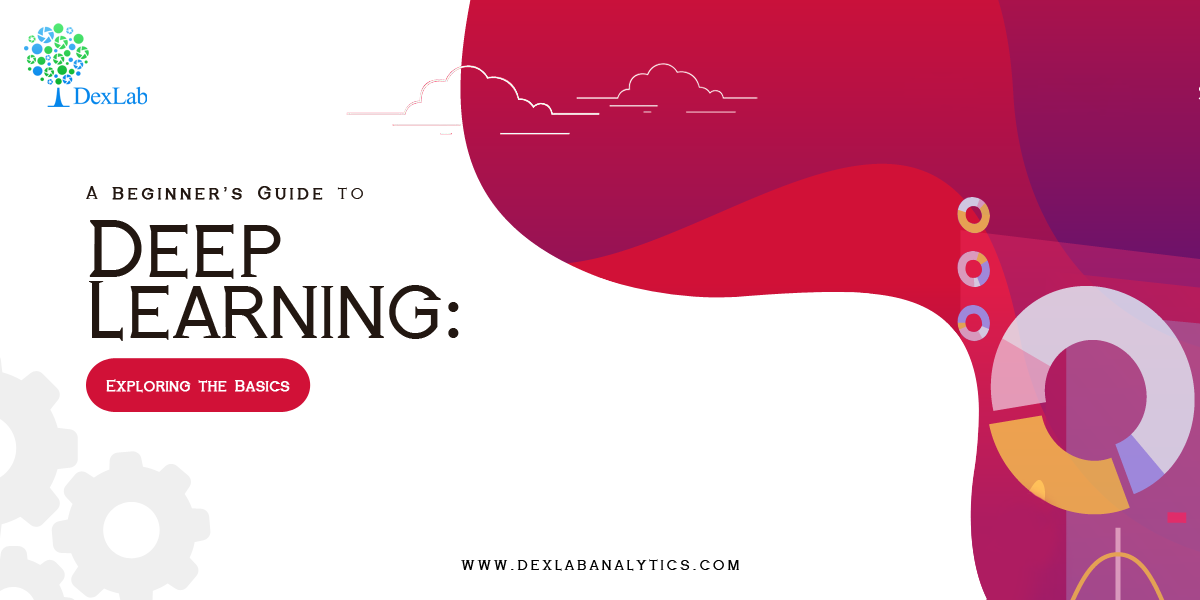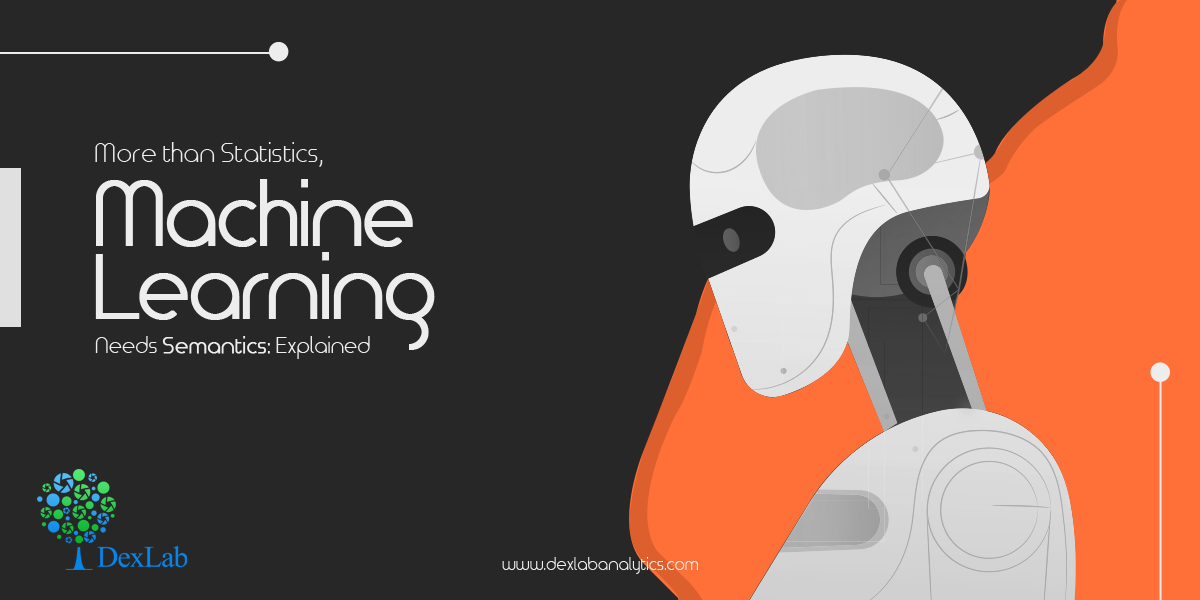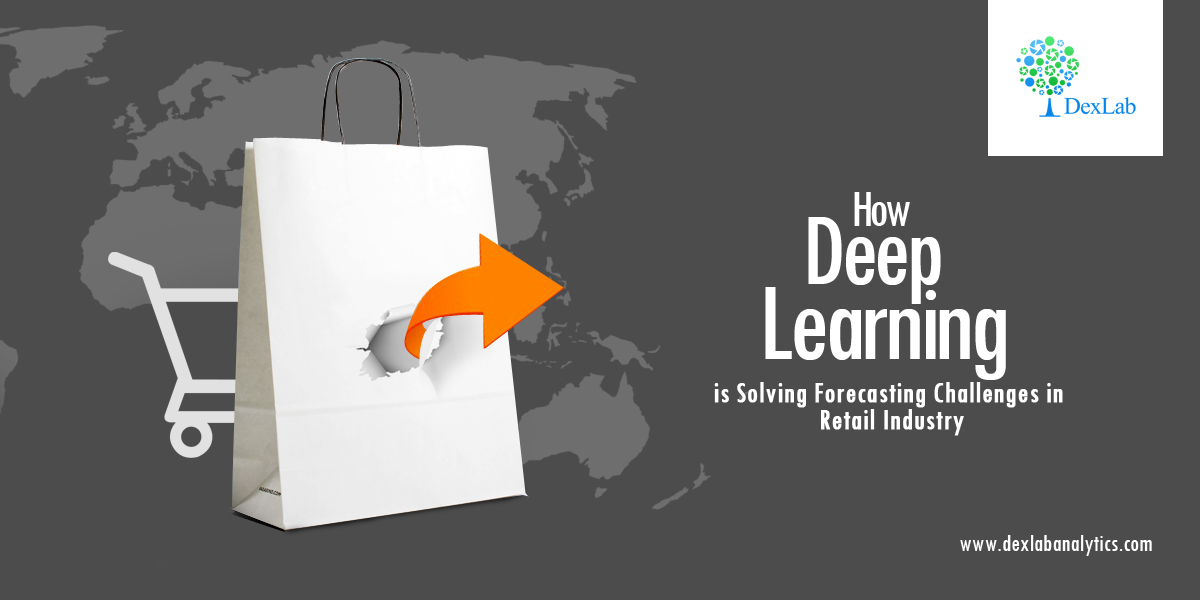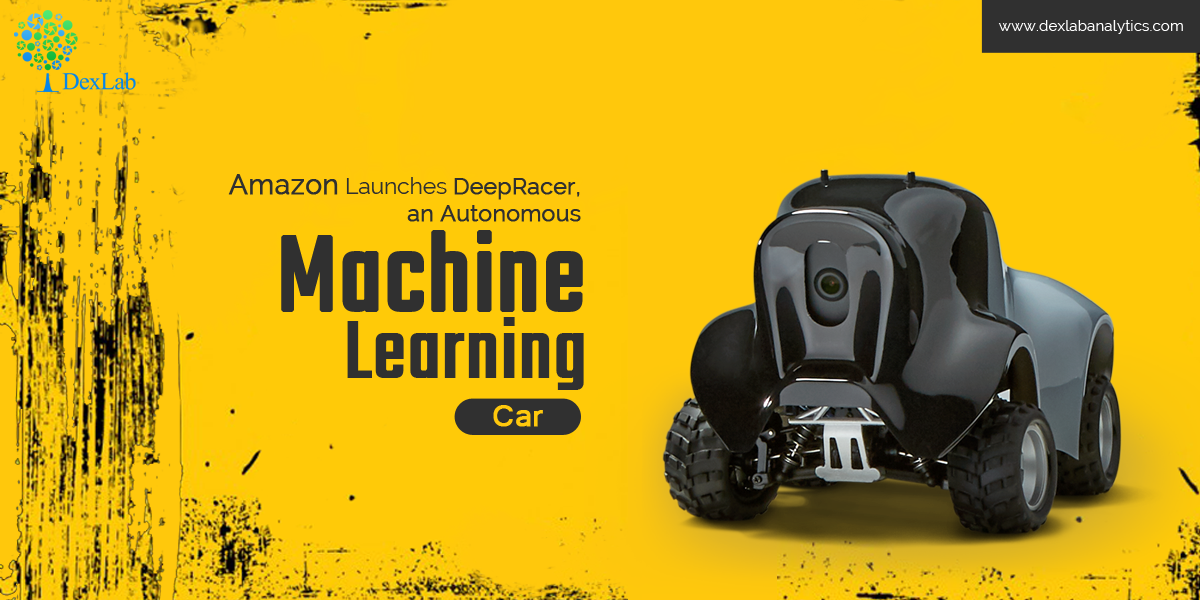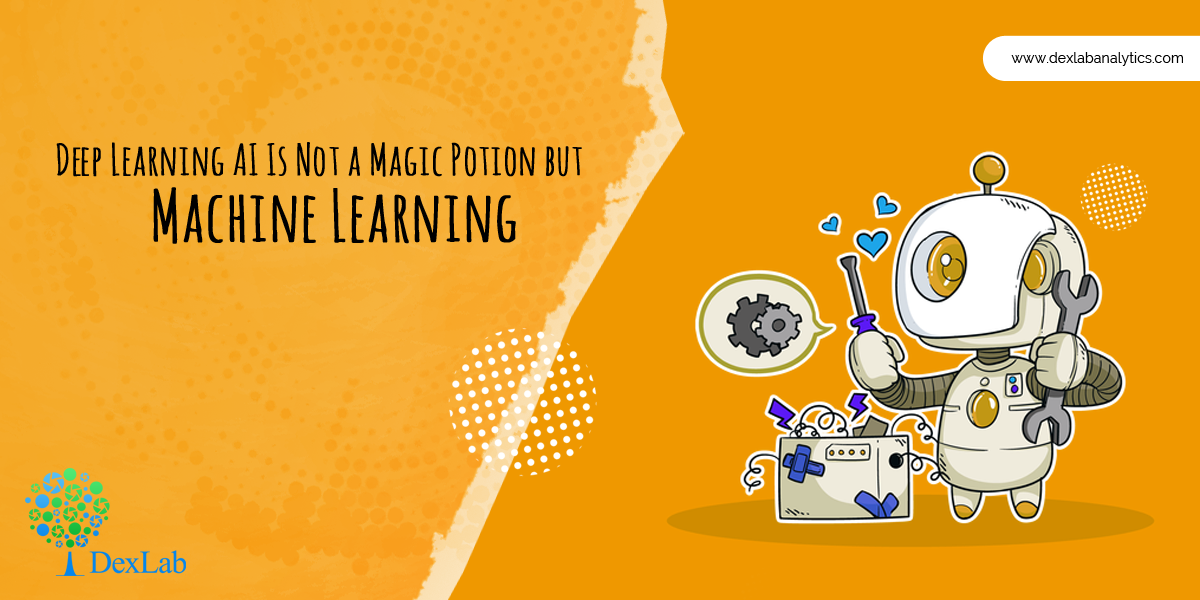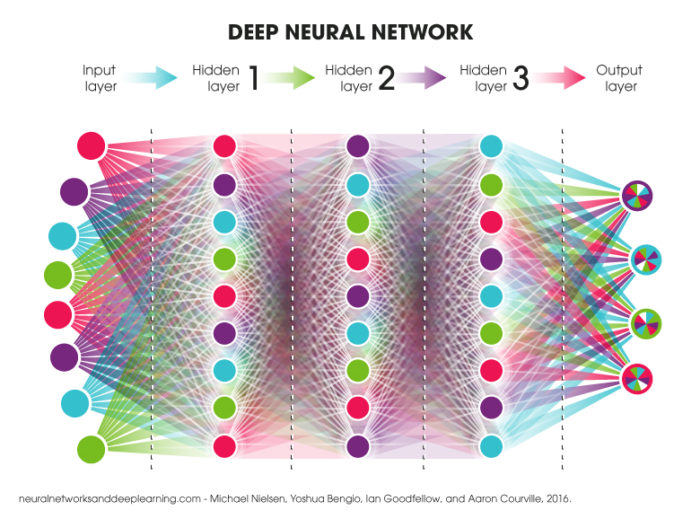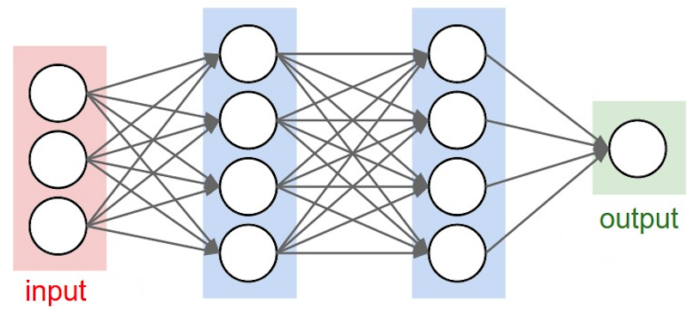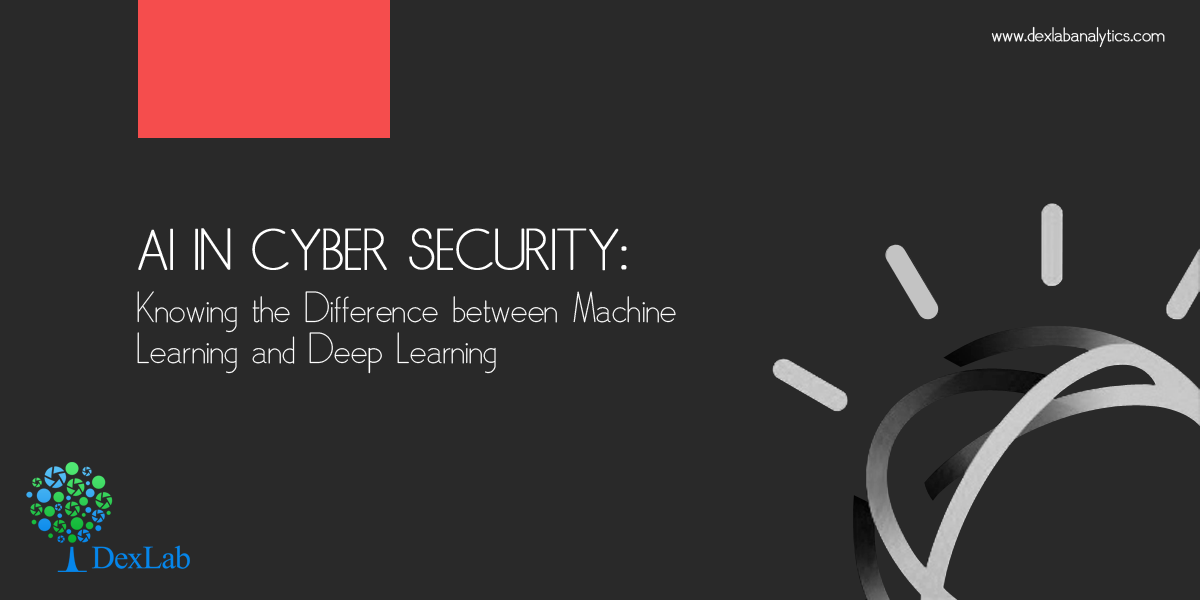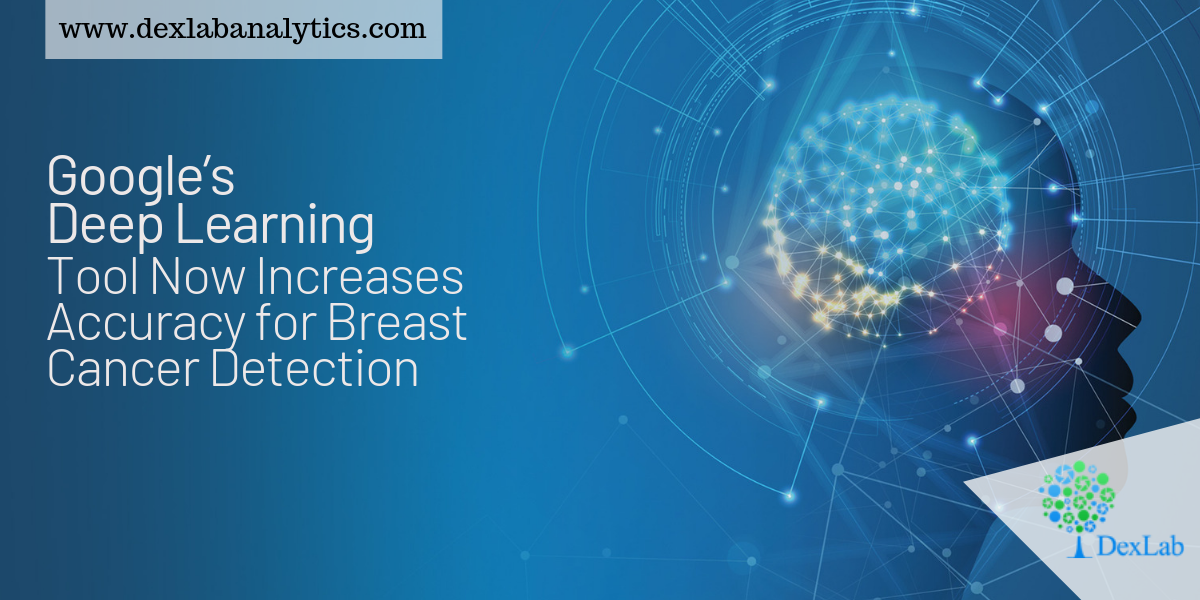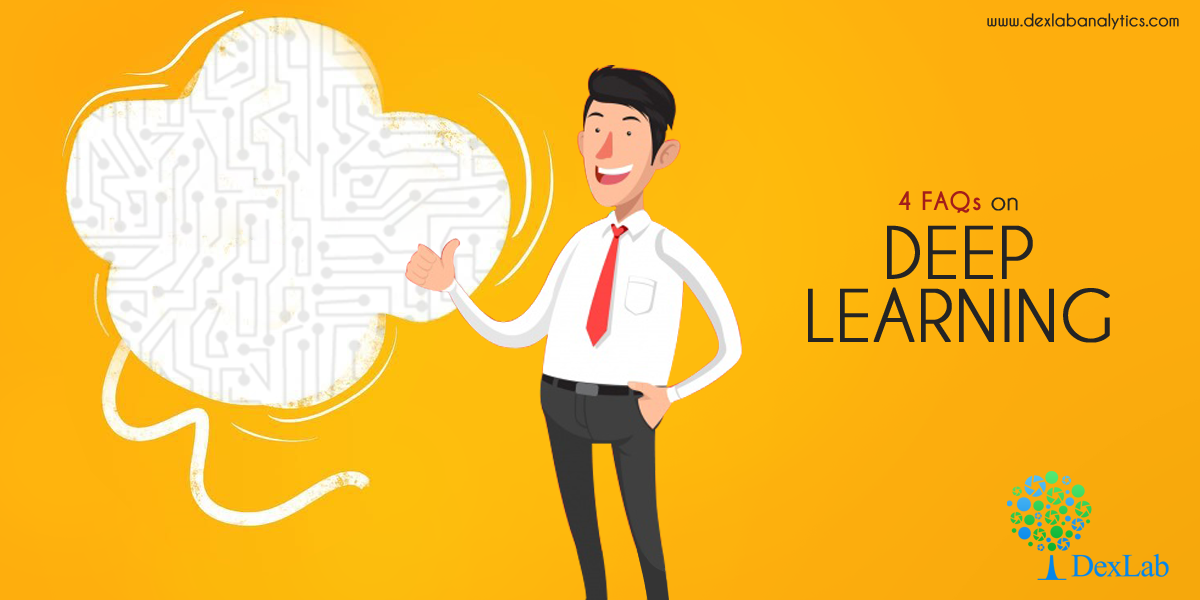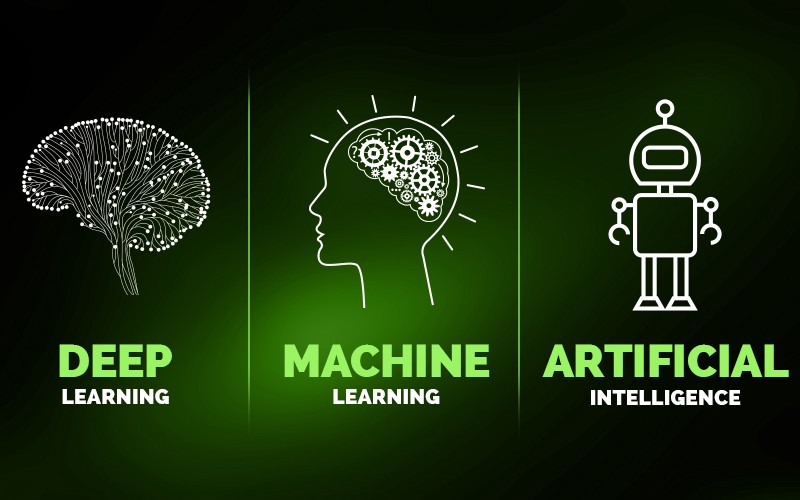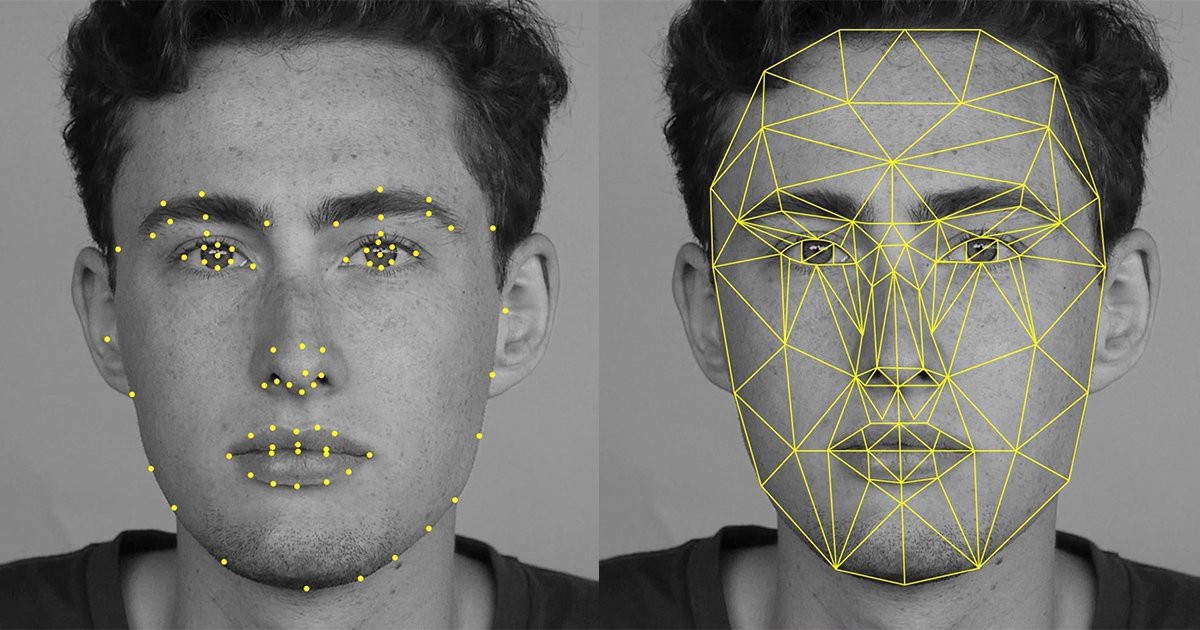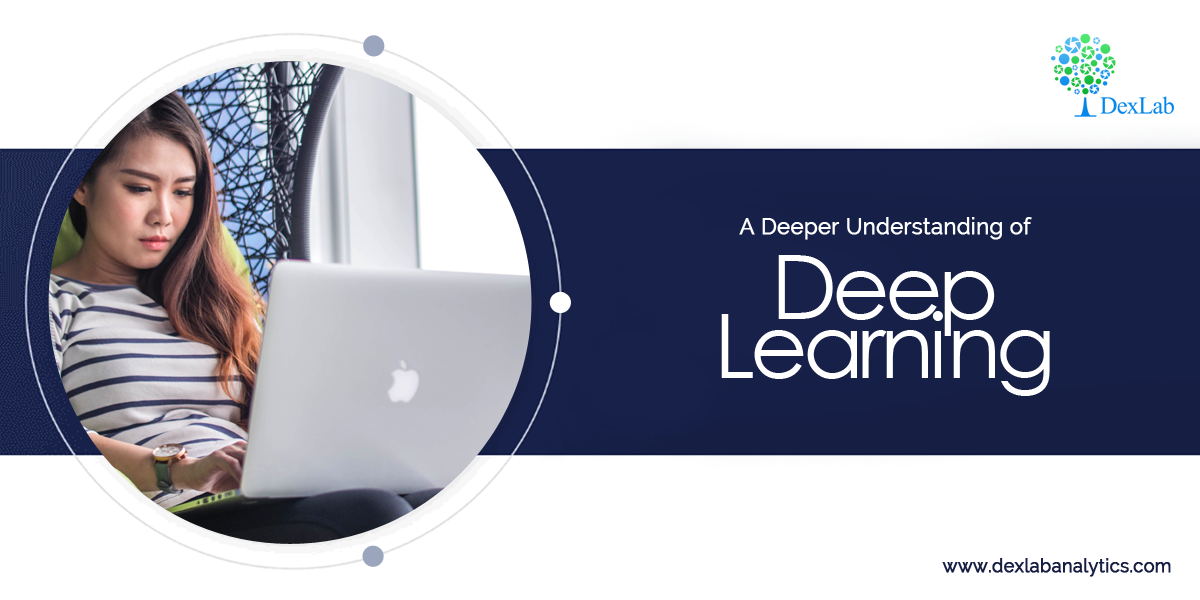
To define Deep Learning, it can be summed up as a machine learning technique used to teach computers all those things which comes to humans quite instinctively. This is a sub-classification of the umbrella term Machine Learning and is based on artificial neural networks.
The technology of driver-less cars, of computers with the knowledge of lampposts and trees as non-living entities and with their discretion of differentiating between a pedestrian and a lamppost, all are being developed from Deep Learning. Besides, the voice assistant you find nowadays, that comes with the smartphones, tablets, TVs and hands-free electronic gadgets, everything is matured by Deep Learning.
Deep Learning is an immensely effective technique with huge prospective. Thus, Deep Learning is a highly regarded technology and more and more people are looking forward to finding their career in it.
Deep Learning: The Path of Success
Among the ever-changing technologies, Deep Learning has its path paved to stand strong in the long run. Now, this is possible primarily because of the high accuracy levels that it has reached.
Pin-pointed Accuracy
With the convincing accuracy levels reached, Deep Learning is believed to be steadfast in situations which involves high risks and which calls for the least margin of errors. For example – driver-less cars.
Extensive Library
If you aim Deep Learning for computer vision with Python, you should be ready with enormous information that it can go through and process quite effortlessly, hence, putting forth an all-inclusive library to be used in real-time. For instance, millions of images, days of video and data should be fed to the system going forward to develop the technology of the driverless car.
Powerful Computing
If we talk about the power that Deep Learning needs, it is astonishingly unreal, the amount of power that this technology expects to perform in its optimum. None other than immensely powerful GPUs are used to get the best results.
As Deep Learning is quite a new thing, unknown in most of its dimensions, here are a few of the fields which have already absorbed or are trying to infuse Deep Learning in constructively.
- Automobiles – As we have already mentioned that the automobile industry has already taken Deep Learning quite seriously and is effective moving in the direction, where, soon we would witness cars without any human drivers.
- Defence and Aerospace – Deep learning is constantly taken into account when determining the objects that the satellites bring us. Via Deep Learning we can be sure of the areas/objects in the space. Furthermore, whether a particular zone is fit for the soldiers or not, can also be easily determined by Deep Learning.
- Pharmacy – Deep Learning is highly significant even in modern medical science. For example, this technology is used to detect cancerous cells.
With these being said, Deep Learning is simply superb in how it has performed still and the promise that it is showing to be on par with the age. Therefore, if you are seeking for the Deep learning for computer vision course, you can simply avail of Deep Learning for computer vision Training Center in Delhi NCR.
Interested in a career in Data Analyst?
To learn more about Data Analyst with Advanced excel course – Enrol Now.
To learn more about Data Analyst with R Course – Enrol Now.
To learn more about Big Data Course – Enrol Now.To learn more about Machine Learning Using Python and Spark – Enrol Now.
To learn more about Data Analyst with SAS Course – Enrol Now.
To learn more about Data Analyst with Apache Spark Course – Enrol Now.
To learn more about Data Analyst with Market Risk Analytics and Modelling Course – Enrol Now.


